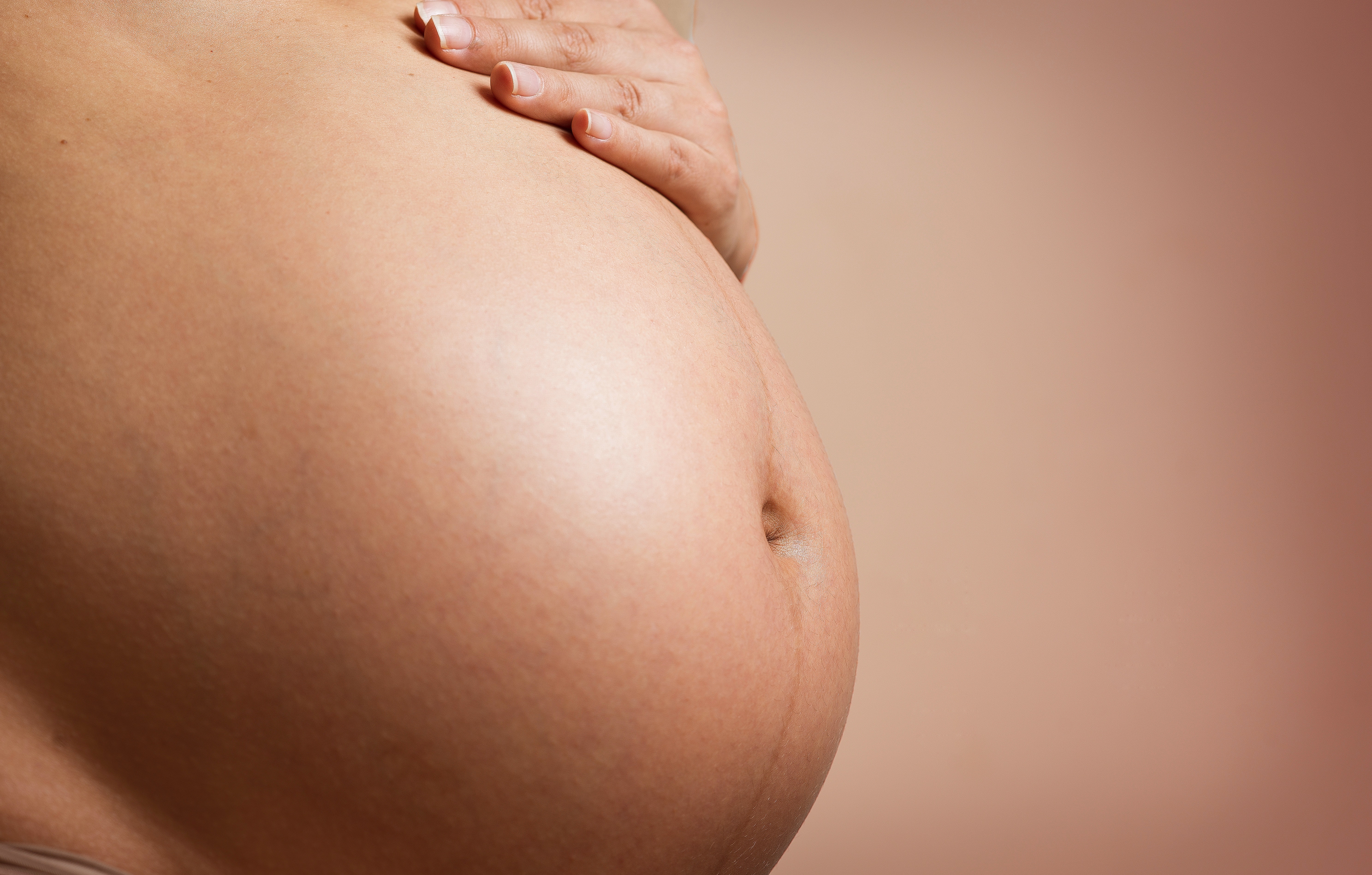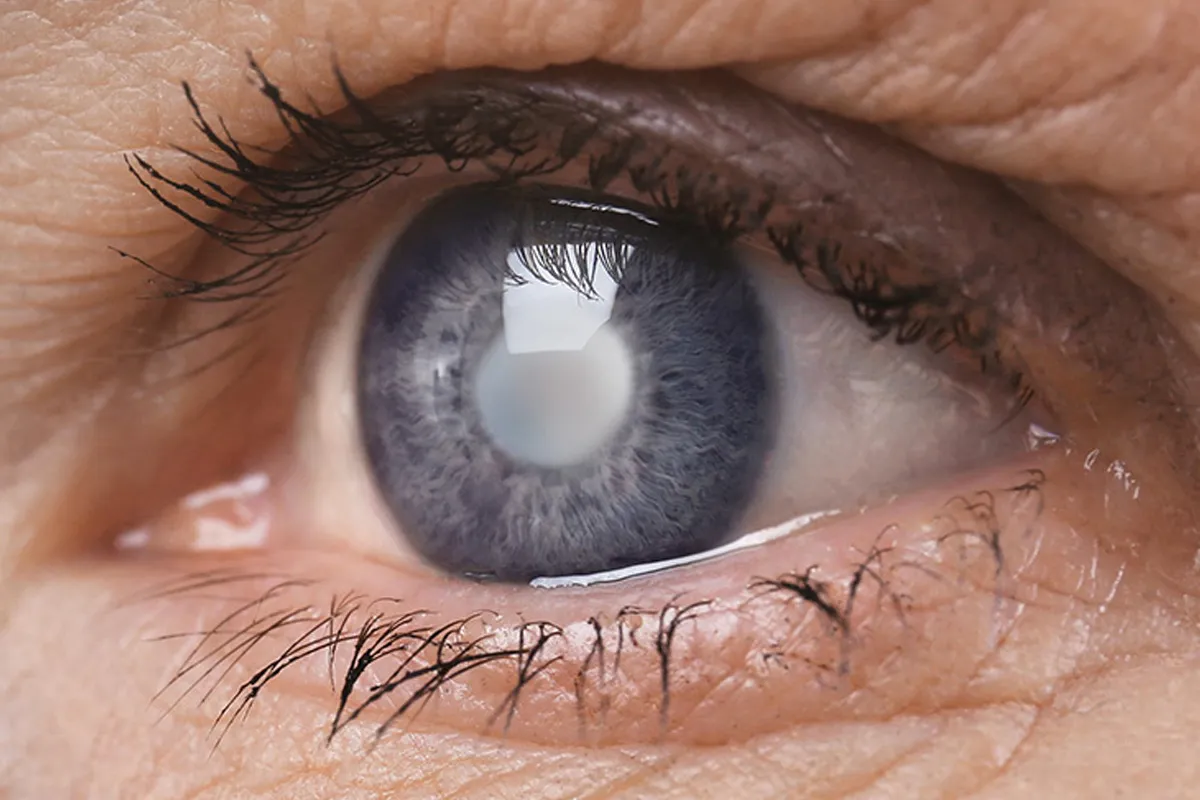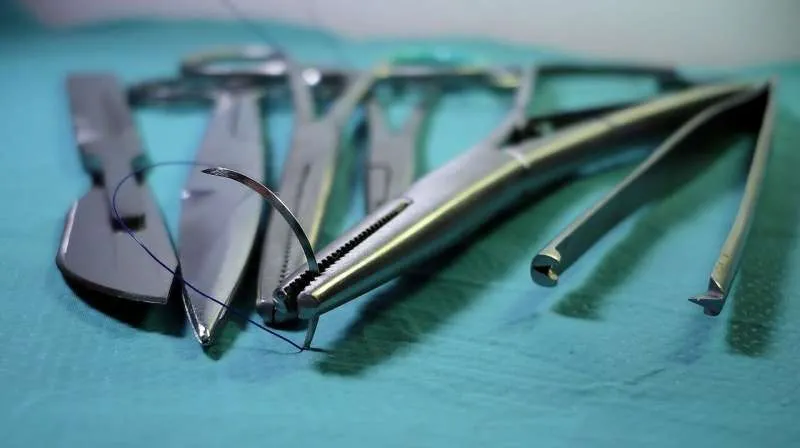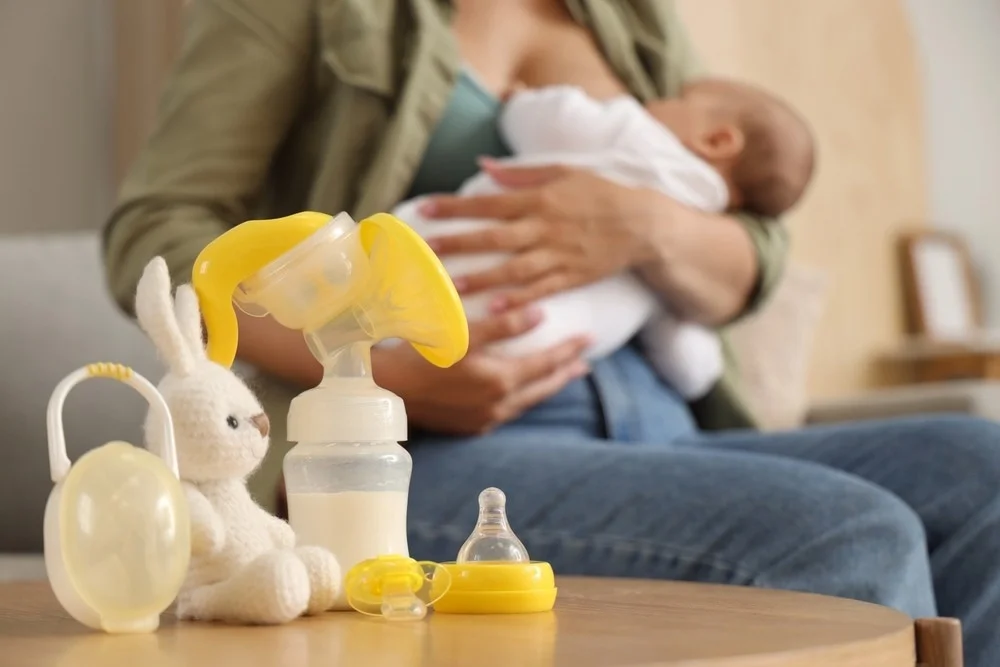Being able to bring life into this world is a wonderful yet difficult feat. Mothers do their best when it comes to their baby’s health, safety, and growth. Therefore, during pregnancy, they start deciding on the best delivery option for her and the baby.
There are different delivery options available, depending upon the health conditions of the baby and the mother, which are recommended after evaluating the associated benefits and risks. Traditionally, vaginal birth was the typical way of giving birth. However, many new techniques have been developed to help during labour, either by dampening pain or smoothing the delivery process.
Below is a comprehensive list of delivery methods used today:
1. Vaginal Delivery: The mother pushes to deliver the baby through the vagina. This is the least-intervening process and has fewer chances of infection as compared to other methods. In vaginal delivery, it is difficult to know exactly when labour starts; therefore, women are advised to get admitted to a hospital care ward a few days prior to the expected date to prevent any last-minute haste. If natural labour does not begin at the expected time, additional assistance is provided in the form of medications, gel, or other methods to induce labour. This is called artificial labour induction.
2. Assisted Vaginal Delivery: When vaginal delivery gets difficult, the doctor uses supporting methods to help with the delivery process. One method is by sticking a vacuum cup on the baby’s head and slowly pulling the baby out. The other method is to use safe forceps-like instruments to hold and gently guide the baby out.
3. Caesarean Section (C-Section): C-sections are undertaken in cases of complicated birth procedures, such as unnatural positioning of the child, twins or more to be born, prior uterine conditions, or complications during vaginal delivery. The reason behind choosing this delivery method is analysed prior to the expected birth date. Further planning is done based on health conditions, expected complications, the need, and the decision of the mother before finalising the date and details of the surgery. C-sections may have some direct advantages, such as less pain, a lower risk of injury, and less stress.
4. Water birth: Using water in a tub during labour to push and deliver the baby is called water birthing. The method can make the delivery process easier, less stressful, and less painful because this procedure is carried out in water. In the event of complications, taking delivery assistance by vacuum or forceps in water is difficult. Moreover, water deliveries can only be undertaken in an uncomplicated pregnancy, and all vital signs must remain stable. Nonetheless, water birth has helped many women have safe births.
Childbirth is rarely a simple and linear process. The process is decided and changed based on the mother’s personal health history, pregnancy conditions, and mental and physical state at the time of delivery. With advancements in technology, all methods are growing to be safer and more effective. The best delivery method for each mother must be decided after thorough consultation with the obstetrician and gynaecologist.
Dr Manjusha Goel works in the department of Obstetrics and Gynaecology at the CK Birla Hospital in Delhi.























